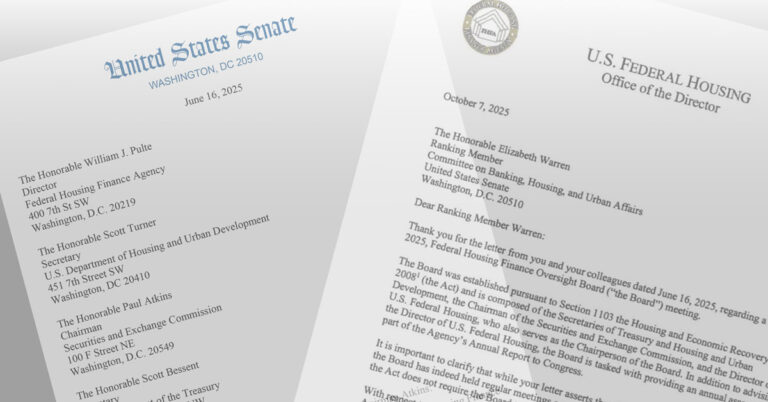If the rise of remote work proves to be a lasting trend, nearly two million renters could find themselves with a new, potentially easier path toward homeownership, according to a new study by Zillow.
The real estate company crunched the numbers and found that some 1.92 million renters currently can’t afford to buy an entry-level home in their current locale, but could afford a typical starter home if they took advantage of increased work-from-home flexibility and moved to a less expensive area.
To come up with this estimate, Zillow identified renter households across the country for whom monthly payments on a starter home are unaffordable (that is, monthly payments are greater than 30% of household income). Those households were then assigned a “telecommuting probability,” based on income, the worker’s occupation and the industry in which they work.
If remote work was deemed feasible for a renter and they could afford a typical starter home somewhere other than where they currently live, they were counted among the group who could benefit.
“Nationwide, the typical starter home is currently valued at $131,740. But similar starter homes in 37 of the nation’s 50 largest metro areas — home to the lion’s share of the country’s jobs — are more expensive than in the country at large, often by a wide margin,” explained data analyst Treh Manhertz on Zillow’s blog.
“As a result, owning even a modest home (and taking advantage of the wealth-building opportunities that can bring) is out of reach for many households as long as they need to be within commuting distance of a physical workplace.”
But with many workplaces rethinking remote work for their employees as the pandemic stretches on, the paradigm may be shifting — which could mean good news for renters in many expensive areas.
Take the San Francisco area, for example. The Bay Area is currently home to the most renters who could relocate and buy a home elsewhere if they have the freedom to telecommute. In the San Francisco metro area, 22.0% of local renters could afford a home in a cheaper locale. In neighboring San Jose, 25.2% of renters would benefit. Combined, almost a quarter million renters in the two cities could move to cheaper pastures and be able to afford a starter home.
Other large western cities fare similarly, though to a lesser extent. Such markets include Los Angeles (where 17.2% of renters could leave to buy a starter home elsewhere), San Diego (15.4%), Denver (14.6%), Salt Lake City (14.1%) and Seattle (12.5%).
In some cases, simply leaving the city proper to settle somewhere else within the greater metro area yields big value. More than 10% of renters who can’t afford to buy within the city of San Francisco, for example, can afford a starter home within the metro outside the city limits.
Join 210,000 mortgage professionals
Get the news, trends and industry updates in your inbox to become a better mortgage originator. Subscribe to emails below.
Zillow economist Jeff Tucker sees telework as a potential game-changer, but acknowledged that other considerations besides commuting factor into choosing a place of residence.
“If remote work becomes a bona fide long-term option especially with the pandemic, that could reshape the U.S. housing market by opening up homeownership to people renting in expensive parts of the country,” Tucker said. “However, it’s unclear how many people would make the move to buy their first home. Proximity to work is just one of the factors people consider when choosing where to live. Other factors may keep them from moving including proximity to friends and family, cultural and natural amenities, and their kids’ schools.”
Still, greater flexibility and achieving homeownership could be enough for some, especially as buyers turn their glances away from population density as the COVID-19 crisis persists. A May survey conducted by Zillow found that 66% of renters would consider moving if given the option to continue working from home at least occasionally.
Millennials, in particular, have shown a willingness to eschew big city centers and bustling metros to make their homeownership dreams a reality. And with nearly half of the aforementioned 1.92 million renter households between 26 and 40 years of age, more renters could begin exploring potential moves if they can lock in the freedom to work remote.
“Two-thirds of our buyers are millennials,” said Holly Mellstrom, a Zillow agent based in suburban New York. “They’re looking to put down roots and get more space for their money after high-rise city living. Many have young families and were planning to move to the suburbs in the future, but they’re making the move now because they don’t anticipate having to commute into the city to work every day.”








